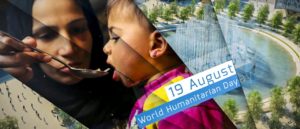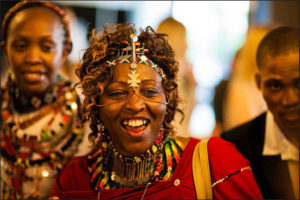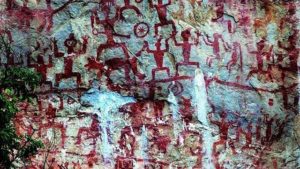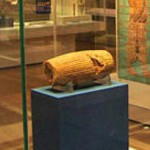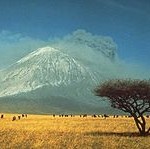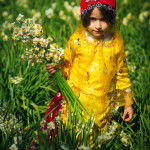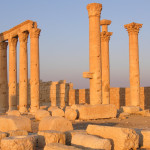 The United Nations’ (UN) International Day against Nuclear Tests brings public awareness and education about the effects of global nuclear weapon tests. The day aims to end nuclear testing and to promote peace and security.
The United Nations’ (UN) International Day against Nuclear Tests brings public awareness and education about the effects of global nuclear weapon tests. The day aims to end nuclear testing and to promote peace and security.
International Day Against Nuclear Tests aims to educate and bring awareness about the effects of nuclear testing.©iStockphoto.com/endopack
What do People Do?
The International Day against Nuclear Tests aims to raise people’s awareness on the need to prevent nuclear catastrophes to avert devastating effects on humankind, the environment and the planet. Many people use the day as an opportunity to share their perspective on the issue of nuclear weapons and testing. Different organizations may host educational and public activities to bring awareness of the use of nuclear weapons and the dangers involved with nuclear weapons testing and usage.
Public Life
The International Day against Nuclear Tests is a global observance but it is not a public holiday.
Background
The history of nuclear testing began on July 16, 1945, when an atomic bomb was used at a desert test site in Alamogordo, New Mexico, in the United States. More than 2000 nuclear tests were carried out worldwide between 1945 and 1996. Nuclear weapons tests are generally broken into different categories reflecting the test’s medium or location:
Atmospheric tests.
Underwater tests.
Underground tests.
Over the years, there have been calls to ban nuclear test to ensure the protection of people’s lives and the environment around them. The UN approved a draft resolution in late 2009 for an international day against nuclear tests to raise public awareness about the threats and dangers of nuclear weapons. It was also hoped that UN’s member states would move towards the idea of nuclear disarmament.
The International Day against Nuclear Tests was declared to be annually held on August 29, which marks the closing of one of the world’s largest nuclear test sites (in Kazakhstan) in 1991. The day is devoted to enhancing public awareness and education about the effects of nuclear weapon test explosions or any other nuclear explosions. It also promotes the need for a nuclear weapon-free world. The day’s first official observance was marked for August 29, 2010.

